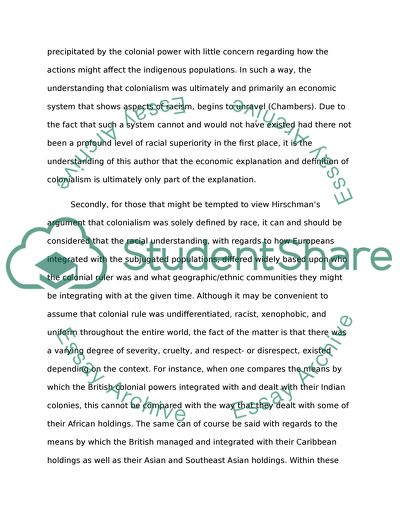Cite this document
(“'Prior to 1850, inter-ethnic relations among Asian populations were Essay”, n.d.)
'Prior to 1850, inter-ethnic relations among Asian populations were Essay. Retrieved from https://studentshare.org/history/1474971-ychprior-to
'Prior to 1850, inter-ethnic relations among Asian populations were Essay. Retrieved from https://studentshare.org/history/1474971-ychprior-to
('Prior to 1850, Inter-Ethnic Relations Among Asian Populations Were Essay)
'Prior to 1850, Inter-Ethnic Relations Among Asian Populations Were Essay. https://studentshare.org/history/1474971-ychprior-to.
'Prior to 1850, Inter-Ethnic Relations Among Asian Populations Were Essay. https://studentshare.org/history/1474971-ychprior-to.
“'Prior to 1850, Inter-Ethnic Relations Among Asian Populations Were Essay”, n.d. https://studentshare.org/history/1474971-ychprior-to.


